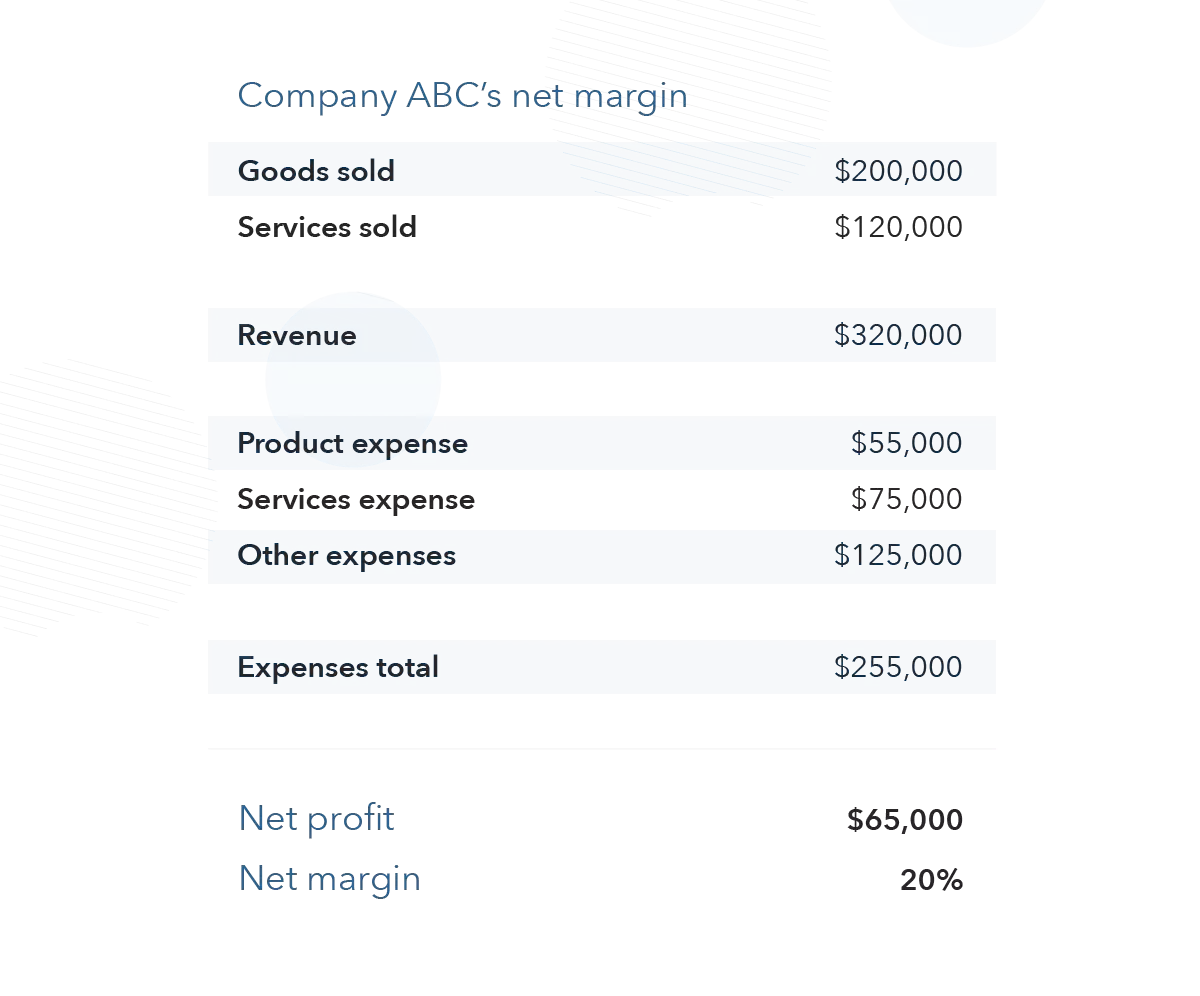Gross margin definition
What is gross margin?
Gross margin, or gross profit margin, is a way of measuring the amount of profit a company has left after subtracting the direct costs associated with selling its goods and services. It can illustrate if a company is generating revenue despite its outgoings.
Gross margin is often expressed as a percentage. The higher the margin percentage, the more effective the company's management is in generating revenue for each dollar of cost.
While gross margin can be used to compare companies with different sales levels, it is more difficult to use as a comparison across different industries. That’s because financial structures, production efficiencies and the levels of competition are unique to every business.
Gross margin formula
Gross margin is calculated by dividing gross profit by gross revenue and multiplying the figure by 100 to get a percentage. The percentage figure represents the portion of revenue that can be kept by the company as profit.

- Gross revenue is the total amount of money the company makes from selling its goods and services
- Gross profit is the amount of profit the business makes after all costs are deducted, such as manufacturing costs
Example of calculating gross margin
Assume company XYZ makes $100 million revenue a year, from which $26 million is gross profit. The gross margin would be 26% ($26 million/$100 million x 100).
Some of the $26 million would still need to be spent on paying shareholders or settling other business expenses, such as fees and taxes.
What does gross margin tell traders?
Gross margin tells traders a few things. First, it tells them how much of a company’s revenue (the total amount of money received) is kept as a profit. So, if the gross margin is 22%, it means the company has made $0.22 in profit from every $1 in revenue. This helps the trader to establish if a company is using its money efficiently. Secondly, it gives them insight into what shareholders might receive, as dividends are paid from profits. Lastly, it helps the trader to compare competitor companies to each other.
In a nutshell, gross margin is an element of fundamental analysis that enables traders to gain key insights into what decisions management might make in the future.
Gross margin also offers useful insights for the companies themselves. It can be used to measure production costs against revenue. If the gross margin is very low, the business may want to cut production and manufacturing costs to up its profits.
Gross margin vs net margin
As mentioned, gross margin is the percentage of profit before any deductions (business expenses). While net margin – also called profit margin – is the ratio of net profit (net income) to revenue.
Both gross margin and net margin are normally expressed as a percentage. The gross margin will always be higher than the net margin, because it doesn’t subtract any expenses.
To calculate net margin, you divide net profit – which is the profit a company makes after all expenses have been paid (revenue minus expenses) – by sales revenue, which is the money the company makes from selling its goods and services. You would then multiply the result by 100 to get a percentage.

Build your trading knowledge
Discover how to trade with IG Academy, using our series of interactive courses, webinars and seminars.